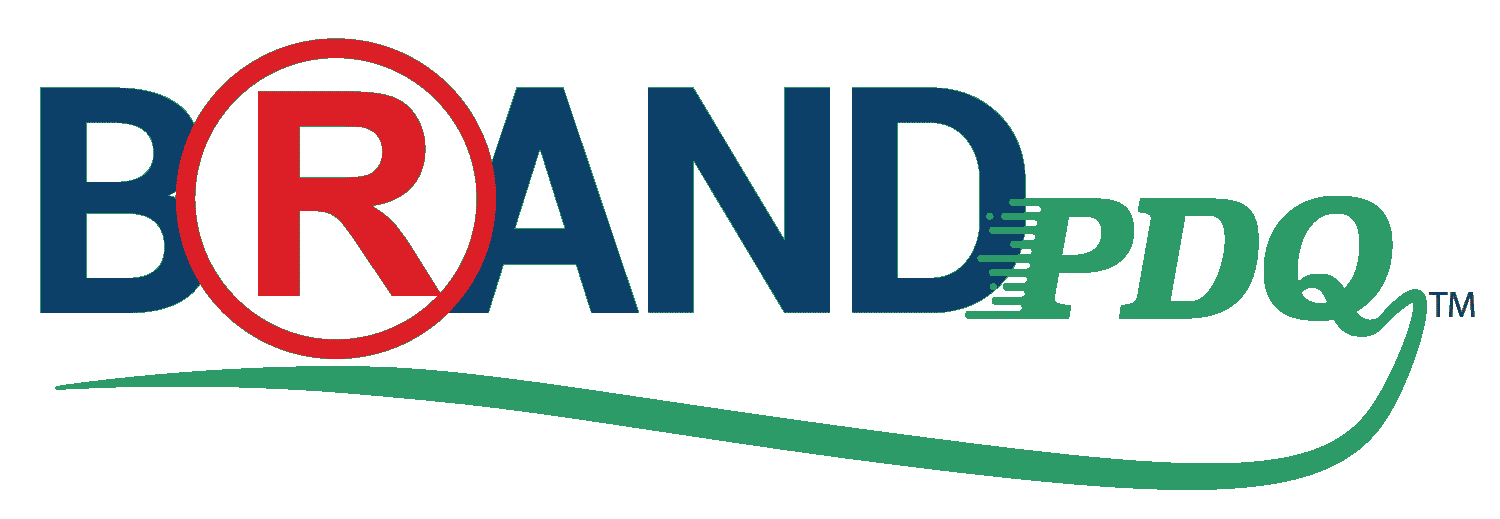Want to learn more about how to use our USA Comprehensive Trademark Search solution? Watch our demo to see the basics.
This demo was created as part of a 50 search package. This is what your screen will show after purchasing a package option.
Looking for a specific answer?
We’ve got you covered. See below for our solutions FAQ.
What does the class mean?
Is one class more important than another?
What is the "Serial Number" and "International Class Number"?
Every application filed with the USPTO is automatically assigned a serial number by the USPTO.
The International Class number appears in the “Goods/Services” section for each third party trademark. When you see “IC 037,” for example, this means International Class 37. The class number is important because similar marks registered in the same class for similar goods/services are likely to be cited by a trademark examiner as a source of consumer confusion. Likelihood of confusion is one of the most common reasons a trademark application is refused registration.
What is a root word and what does it do?
What are dead trademark results and should I include them?
Dead trademark results are marks whose application for registration never matured to registration and has been abandoned, or, registered marks whose registration has since been cancelled.
If the mark being searched is relatively unique or distinctive, we recommend including dead trademarks in the search results. This will give you a more complete picture of third party use of the mark. If the search reveals a dead mark that is identical or highly similar to your mark, you should further investigate to determine whether the mark may still actually be in use. This is especially true if, for example, the dead mark is the subject of an application that was abandoned less than two months ago. The USPTO allows trademark owners to petition the USPTO for reinstatement of applications that were abandoned less than two months ago.
What is the TSDR link and why would I need it as a small business?
What is the order ID?
What do the indicators…indicate?
The indicators give you a quick overview of your search results.
Level of Use: If this indicator shows a high level of use, the mark being searched is weak and diluted.
Risk of 3rd Party Challenge: This indicator helps alert you to whether or not there are third parties using an identical or highly similar mark as the searched mark.
Risk of Rejection of USPTO Registration: This indicator goes hand-in-hand with the “Risk of 3rd Party Challenge” indicator. If there is an identical third party mark registered in the same class as your mark, there is a high likelihood a trademark examiner will refuse to register the mark on the basis of a likelihood of confusion.
What is a term?
What is the difference between the "Serial Number" and "Registration Number"?
What's the difference between a "Correspondent" and an "Owner"? What is the "Correspondent Information"?
The Correspondent is the point of contact for a particular mark. The Owner is the individual or business who actually owns the mark.
The “Correspondent Info” (Corr Info) is the address for businesses or individuals using the exact or similar mark you are searching.
What does the "exclude owner meaning" function do?
Still have questions?
Feel free to contact us!
